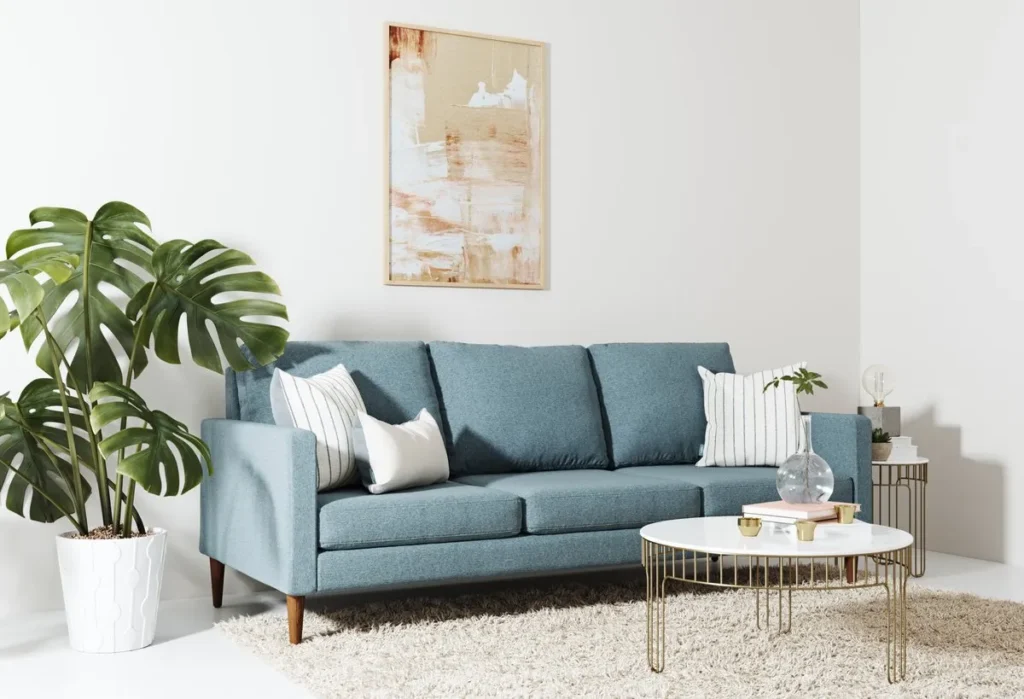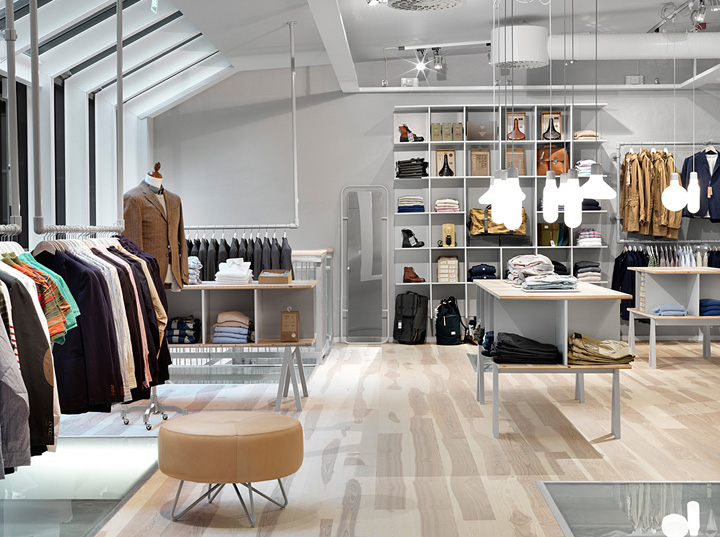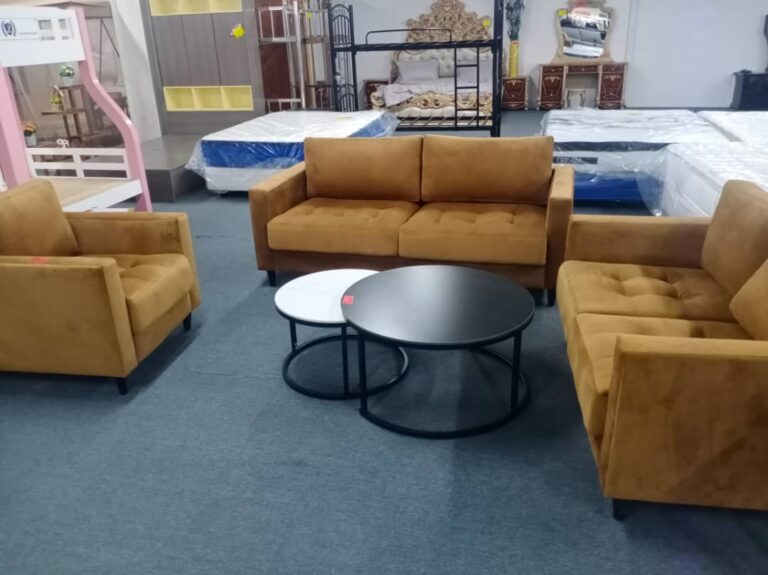Upholstery plays a crucial role in defining the comfort, style, and overall ambiance of your home. Whether you’re furnishing a new space or updating existing furniture, selecting the right upholstery is essential to achieving the look and feel you desire. With so many fabrics, colors, patterns, and textures to choose from, the process can be overwhelming. To help you make the best decision, we’ve compiled expert tips that will guide you through the process of choosing the perfect upholstery for your home.
1. Understand Your Lifestyle Needs
Before diving into fabric swatches and color palettes, it’s important to consider your lifestyle and how it will impact your upholstery choices. Do you have children or pets? Is your home prone to high foot traffic? Are you looking for something that will last for years, or are you planning to update your décor frequently?
For households with kids and pets, durability and stain resistance should be top priorities. Performance fabrics like microfiber, leather, or certain synthetic blends are excellent choices because they are easy to clean and resist wear and tear. On the other hand, if you live in a quieter household or prefer a luxurious feel, you might opt for more delicate fabrics like velvet or silk.
2. Consider the Functionality of the Space
Each room in your home serves a different purpose, and the upholstery you choose should reflect the functionality of the space. For instance, the upholstery in a living room, where you entertain guests and spend most of your time, should be both comfortable and durable. In contrast, the fabric in a formal dining room or a guest bedroom might prioritize aesthetics over heavy use.
In high-traffic areas like living rooms or family rooms, fabrics such as twill, denim, or a tightly woven cotton blend are ideal for their durability and ease of maintenance. For spaces that are used less frequently, you have more freedom to experiment with delicate materials and bold patterns that make a statement.
3. Choose the Right Color and Pattern
Color and pattern are two of the most important elements in upholstery selection, as they have a significant impact on the visual appeal of your space. When choosing colors, consider the overall color scheme of the room. Neutral colors like beige, gray, or cream are versatile and can easily blend with various décor styles. They also provide a timeless look that won’t go out of style quickly.
If you’re looking to add a pop of color, consider how the hue will interact with other elements in the room, such as wall colors, flooring, and accessories. Bold colors and patterns can serve as focal points in a room, but they require careful consideration to avoid clashing with other design elements. For those who love patterns, stripes, florals, or geometric designs can add visual interest and personality to your furniture. However, it’s essential to ensure that the pattern scales appropriately to the size of the furniture and the room.
4. Evaluate Fabric Durability
The durability of the fabric is measured in terms of “double rubs,” a test that simulates the wear and tear a fabric can endure. A fabric with a higher double rub count is more durable and suitable for furniture that will be heavily used. For instance, fabrics with a double rub count of 15,000 or more are considered suitable for residential use, while those with 30,000 or more are recommended for commercial use.
When selecting upholstery for frequently used furniture, such as sofas or dining chairs, choose a fabric that offers high durability. Natural fibers like cotton and linen are breathable and comfortable but may wear out faster than synthetic blends, which are often engineered to be more resistant to fading, staining, and pilling.
5. Think About Comfort
While aesthetics are important, comfort should never be compromised when choosing upholstery. The texture and feel of the fabric are crucial in ensuring that your furniture is as comfortable as it is stylish. Soft, plush fabrics like velvet, chenille, or boucle add a cozy, inviting touch to any space. If you prefer a cooler, smoother feel, leather or tightly woven cotton might be the way to go.
Remember that the comfort of your upholstery also depends on the cushioning and support of the furniture itself. High-quality foam cushions wrapped in a layer of down or synthetic fibers provide a good balance of comfort and durability. Always test the furniture before making a final decision to ensure it meets your comfort expectations.
6. Maintenance and Care Considerations
The longevity of your upholstery depends on how well you care for it. Before making a purchase, consider the maintenance requirements of the fabric. Some materials, like leather, require regular conditioning to prevent cracking and fading, while others, like microfiber, are low-maintenance and easy to clean with just a damp cloth.
For fabrics that are prone to stains, such as light-colored cotton or linen, consider applying a fabric protector to guard against spills and dirt. Removable and washable slipcovers are another excellent option for easy maintenance, especially in homes with children or pets.
7. Sustainability and Eco-Friendly Options
As more homeowners become conscious of their environmental impact, the demand for sustainable and eco-friendly upholstery options has grown. Consider choosing fabrics made from natural, organic fibers or recycled materials. These fabrics not only reduce your carbon footprint but also contribute to a healthier indoor environment by minimizing the use of harmful chemicals and synthetic dyes.
Additionally, some manufacturers offer upholstery made from sustainably sourced wood frames and eco-friendly foam cushions, providing a comprehensive green solution for your home furnishings.
8. Budget Considerations
Your budget will inevitably play a role in your upholstery selection. While it may be tempting to opt for the cheapest option, investing in high-quality fabric can save you money in the long run by extending the life of your furniture. Consider the cost per yard of fabric, as well as any additional costs for treatments, such as stain resistance or fire retardants.
To get the most value for your money, prioritize durability and comfort, and look for fabrics that offer a good balance of quality and price. Remember that upholstery is an investment in your home’s aesthetic and comfort, so it’s worth allocating a reasonable portion of your budget to ensure you make the right choice.
Final Thoughts
Choosing the right upholstery for your home is a blend of practicality, comfort, and style. By considering factors like lifestyle needs, room functionality, color and pattern preferences, fabric durability, and maintenance requirements, you can make an informed decision that enhances your living space. Whether you’re updating a single piece of furniture or reimagining an entire room, the right upholstery can transform your home into a comfortable, stylish haven that reflects your personal taste.
At Handyman Do It Services, we specialize in helping homeowners find the perfect upholstery solutions for their spaces. Our team of experts is here to guide you through the process, ensuring you select fabrics that meet your needs and elevate your home’s décor. Contact us today to learn more about our upholstery services and start your journey to a beautifully furnished home.




